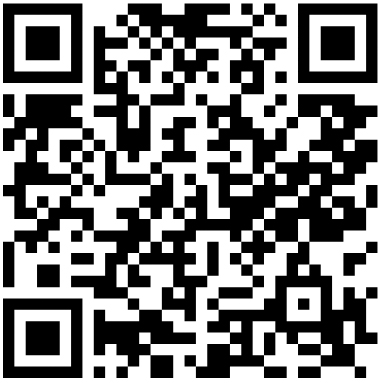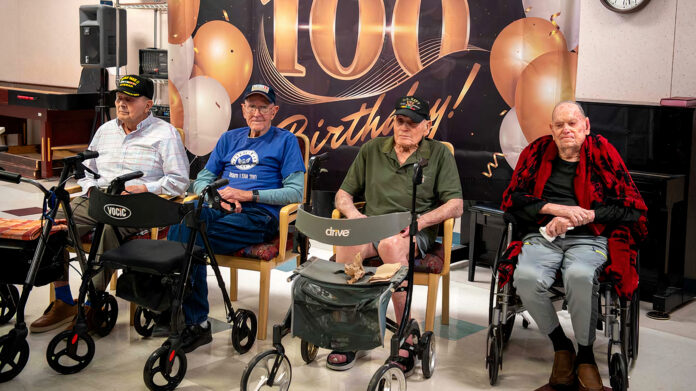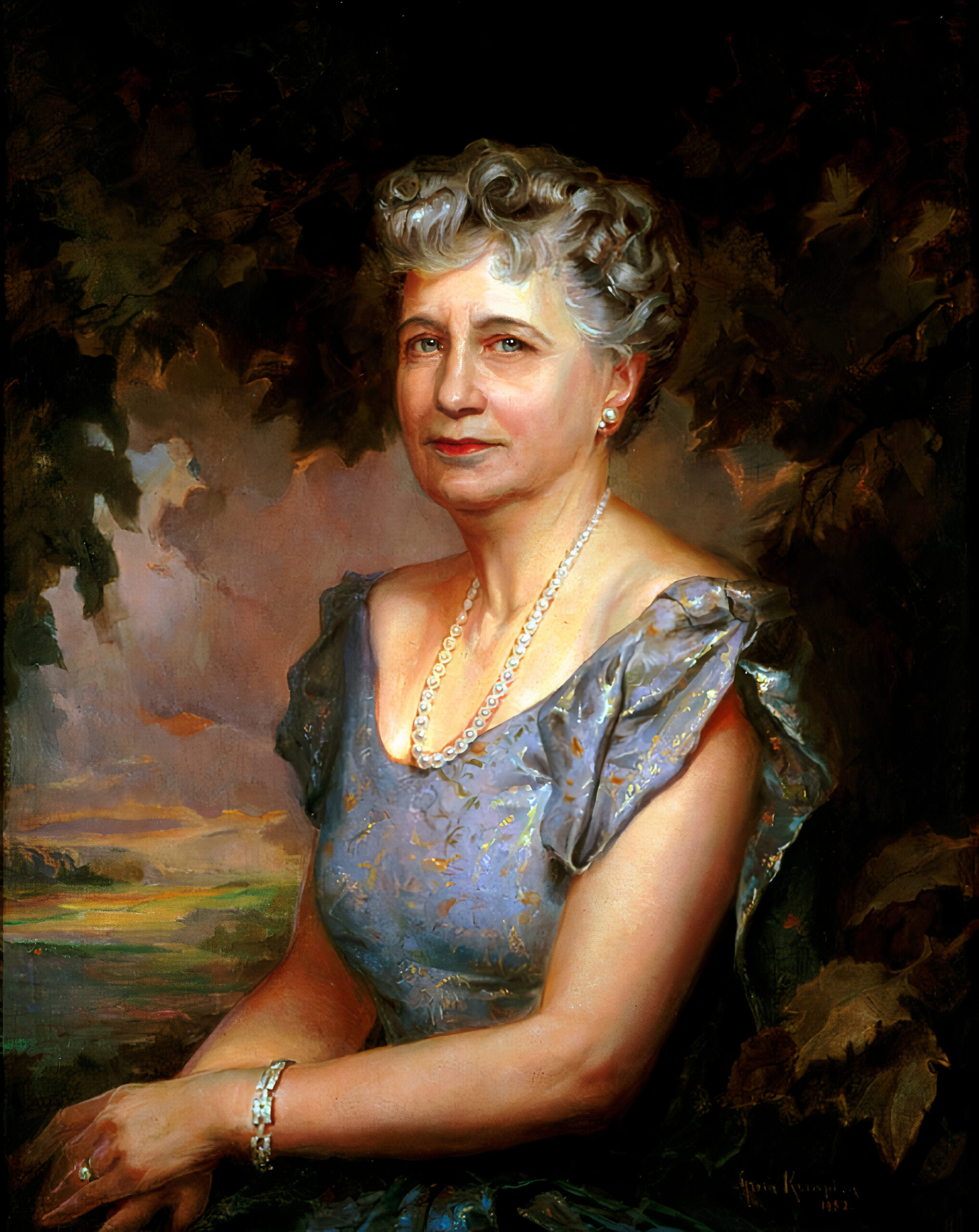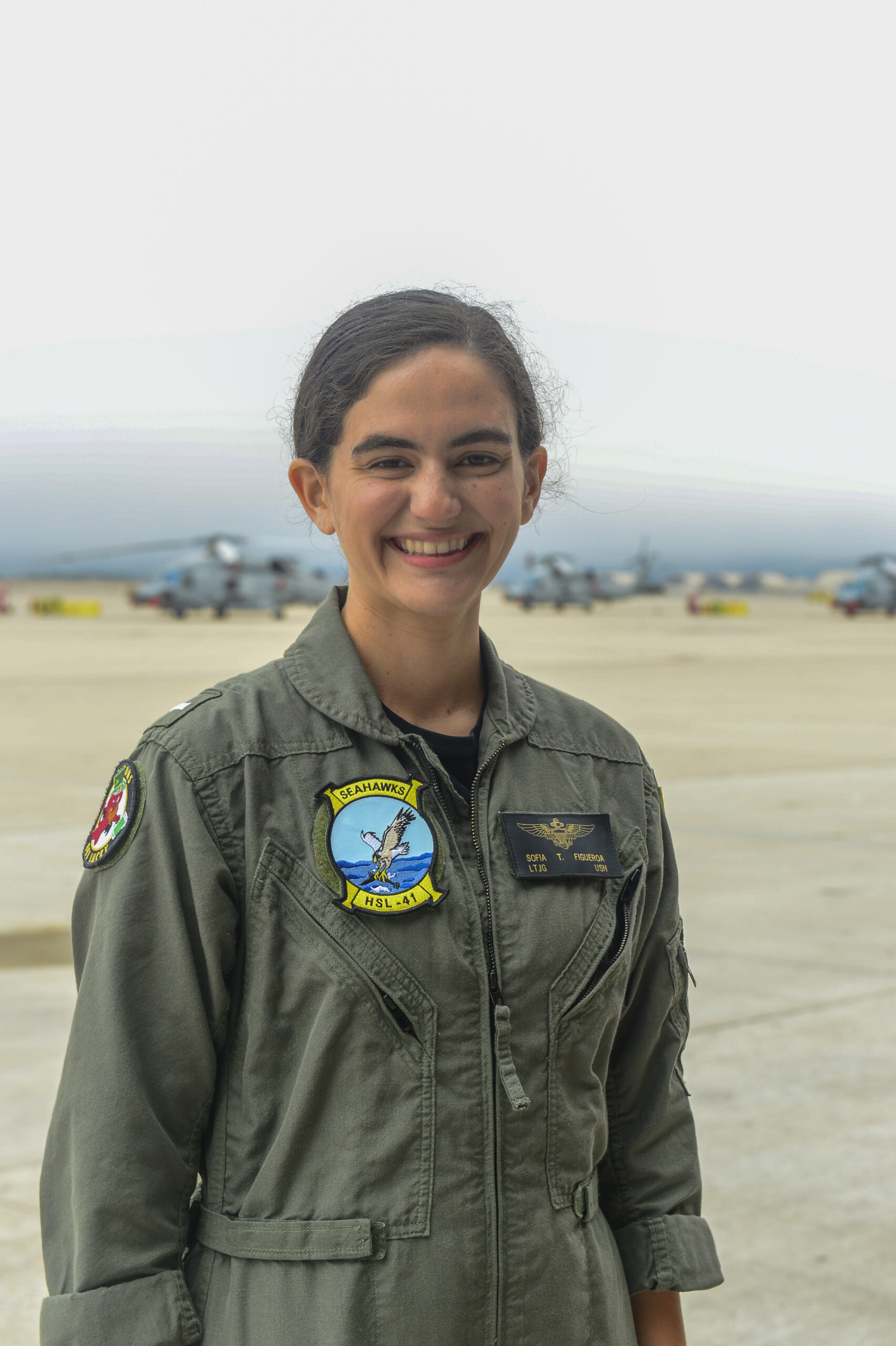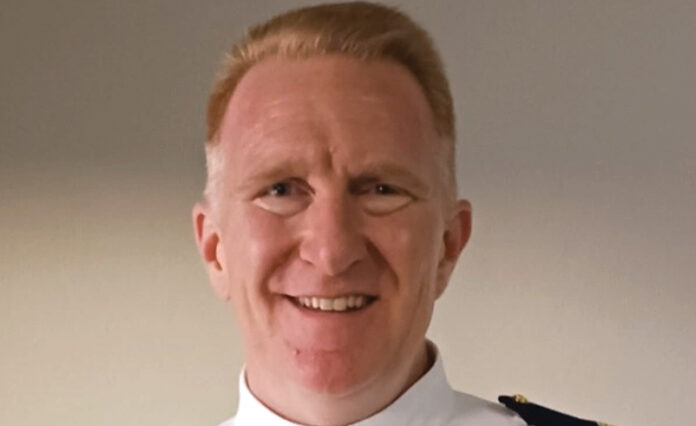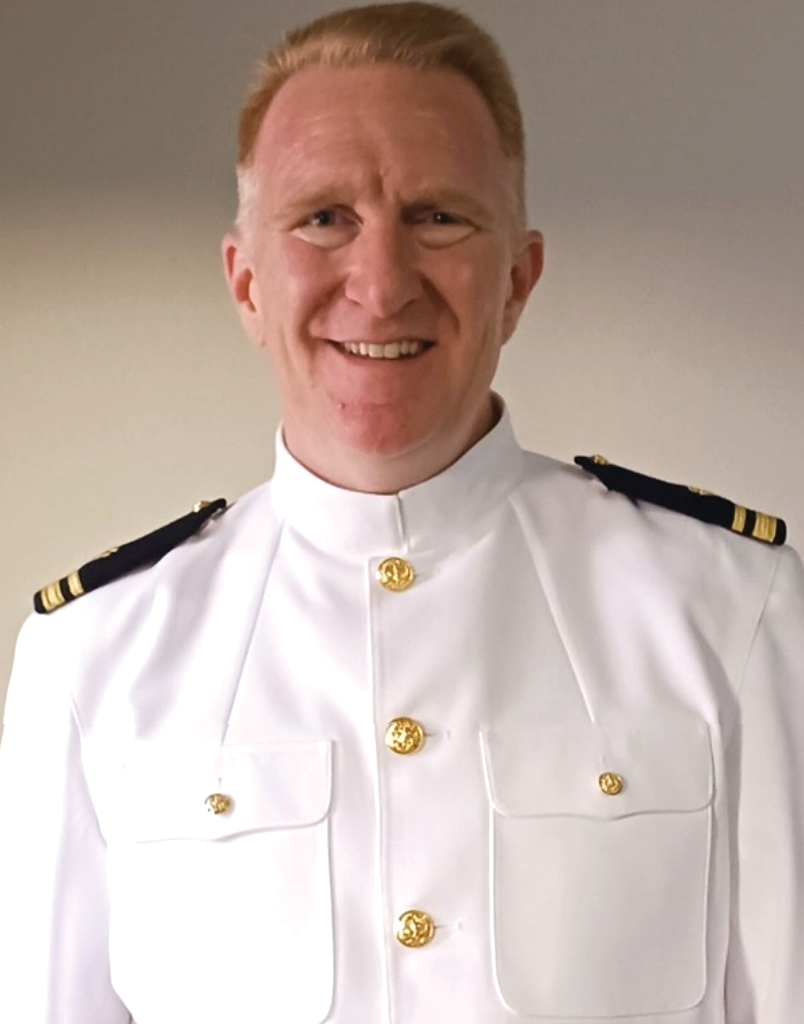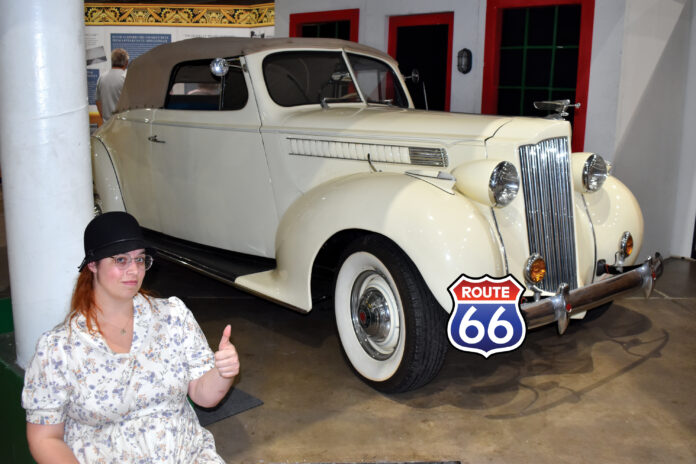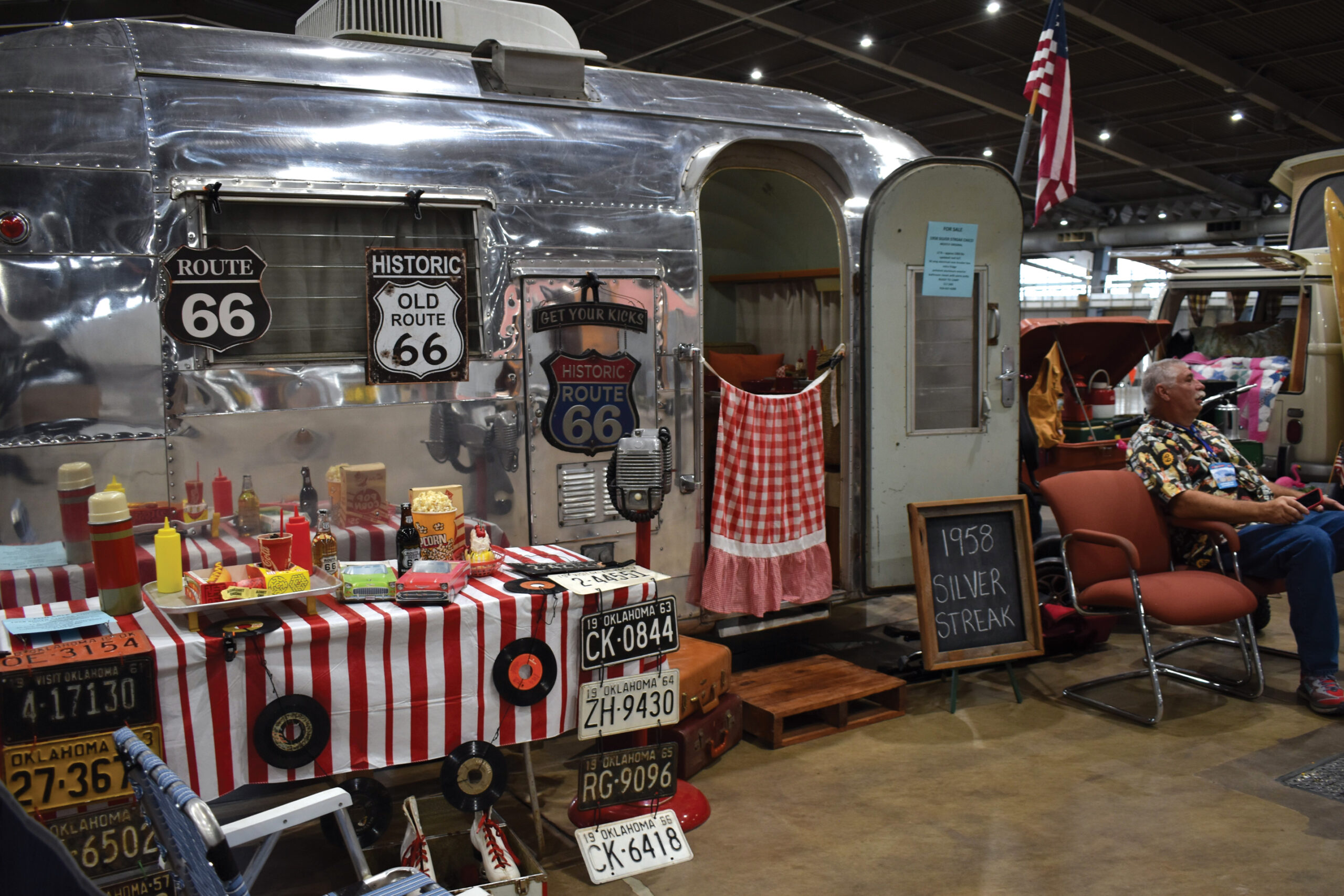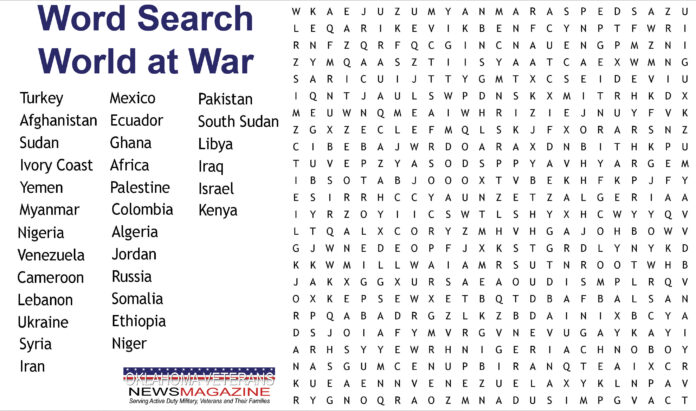No more long phone waits or trips to the VA medical center. The VA: Health and Benefits App lets you refill prescriptions, message your care team and check benefits anytime, anywhere. With a 4.8 rating in the app store, many Veterans feel it’s an essential tool for managing their VA health care.
Your VA care team at your fingertips
Remember the frustration of trying to reach your provider by phone? They might have been busy, or the call may have been outside regular hours. With the app, you can quickly send a secure message to your VA care team, just like using your favorite social media app.
“It’s great to know I can message my provider and get quick answers,” said Stephen Havard, a Marine Corps Veteran from Texas. “I recently asked my primary care team about a medication, and I had a response by the end of the day.” Veterans are taking advantage of this feature, with over 300,000 secure messages sent each month. Remember, secure messaging is for non-urgent communication only. If you’re in crisis, call 911, 988 (then Press 1) or go to the nearest emergency room. You can also access the Veteran Crisis Line straight from the app.
Kick pharmacy runs to the curb
Gone are the days of waiting in line at the VA medical center’s pharmacy. Refilling medications through the VA: Health and Benefits app is now as easy as ordering takeout. “While sitting in my deer blind, I realized I was low on one of my prescriptions,” said Luke Yanny, a Marine Veteran from Wisconsin. “I opened the app and ordered a refill in just a few taps.” Using the app, you can select the medication you need from your prescriptions, ensuring you order the correct one. Your prescriptions are mailed to your address on file, usually within 5-7 business days, at no cost. With over 250,000 prescriptions refilled monthly through the app, it significantly benefits Veterans everywhere.
Claims and appeals status updates at lightning speed
Remember when checking your claim status was frustrating? It wasn’t very user-friendly, with endless phone loops and navigating various web pages to log in. Now, it’s instant. The app gives real-time updates on claims and appeals, bringing you peace of mind with just a glance at your screen. “The app lets you track your claim from your phone,” said Thomas Turman, a Navy Veteran from Texas. “It’s great not to have to make countless calls for updates.” Veterans have checked their claims over 45 million times through the app—providing 45 million moments of clarity.
Appointments managed with military precision
The app’s appointment feature serves as a personal assistant, helping you view, cancel or track appointments. The app lets you add appointments to your phone’s calendar for easy tracking, ensuring you won’t miss any check-ups. “It’s a lot easier to track appointments,” said Deborah Hall, a Marine Veteran in Alabama. “I recently rescheduled an appointment with my primary care team and added it to my phone’s calendar with just a few taps.” That kind of efficiency would make your drill instructor proud. Once it’s on your calendar, you can easily share it with your caregiver, spouse or family to add to their calendars.
Proof of service in your pocket
The app’s one-touch Proof of Veteran Status feature is like having a digital DD-214. “I’m thankful I can use my Veteran’s discount at different stores,” said Richard McMullen, a Colorado Army National Guard Veteran in Colorado. “Now, it only takes a few seconds to prove my status, and it’s a better option—no paperwork.”
A new battle buddy
Download the VA Health and Benefits app, your new battle buddy for navigating your VA health care and benefits and let it change how you connect with VA. If you find the app helpful, share it with fellow Veterans. Scan this QR CODE or visit
www.mobile.va.gov/app/va-health-and-benefits.
